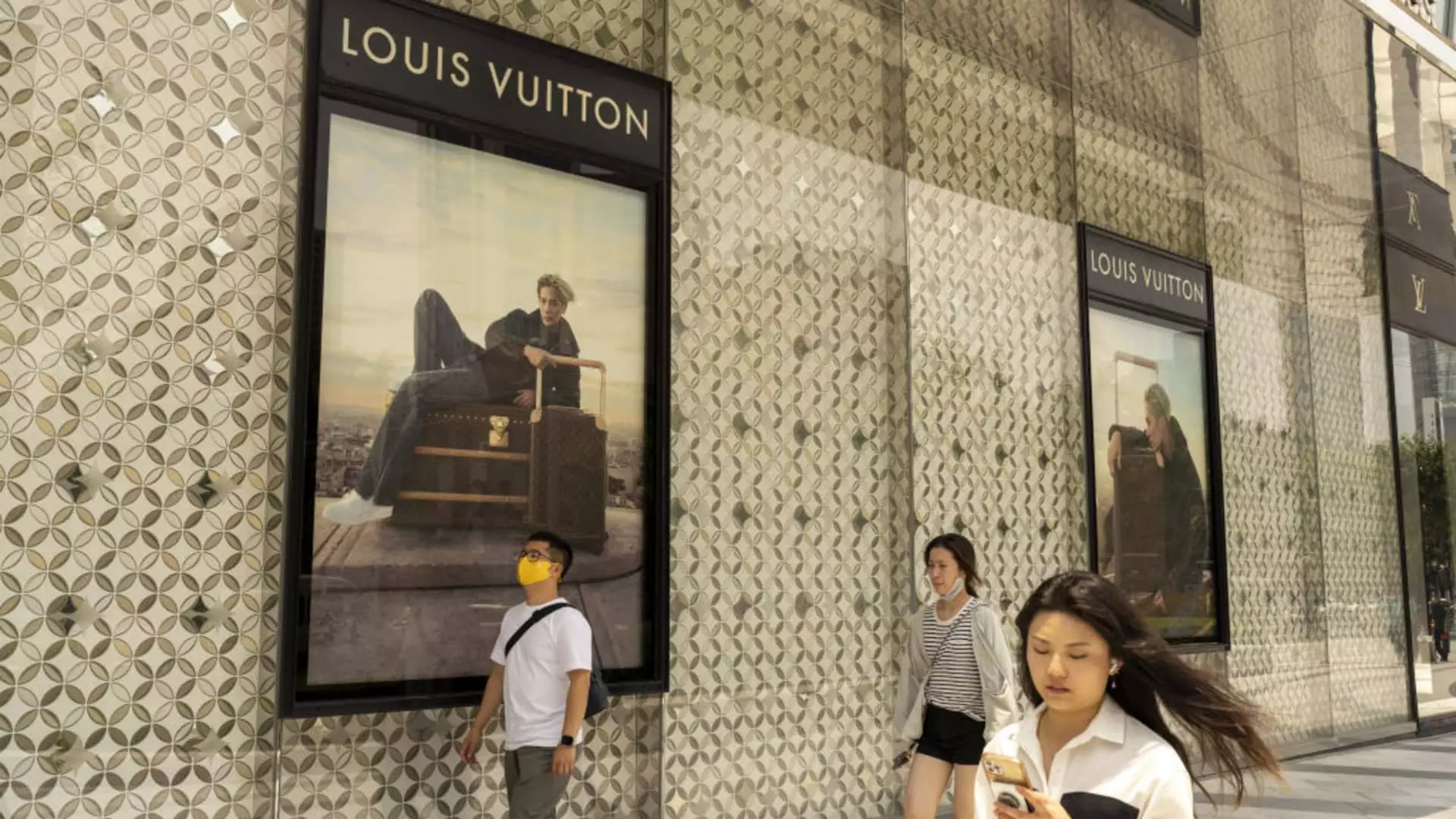For over a decade, Chinese consumers have played a pivotal role in driving the luxury goods market to unprecedented heights. The early 2000s signified a luxury boom in China, where a combination of rapid economic growth, rising disposable incomes, and a desire to emulate Western lifestyles launched the consumption of luxury items into the stratosphere. According to Morgan Stanley, these consumers represented nearly a third of revenues for luxury companies and accounted for more than half of the sector’s growth between 2003 and 2019. This era was marked by a remarkable shift in spending patterns, as Chinese buyers clamored for international brands, bolstering companies like LVMH and Kering to record profits.
However, this once-unstoppable surge has recently faced significant headwinds. The country’s economic landscape is changing rapidly, and analysts are grappling with the question: are Chinese luxury consumers still the driving force they once were?
The current economic situation in China has raised eyebrows across the globe. Following a crucial period of post-pandemic recovery, there have been notable indicators of downturn, leading many to declare that China is experiencing “the worst consumer down-cycle since its entry into the World Trade Organization in 2001.” Consumer confidence has plummeted to levels reminiscent of the early COVID-19 days, as companies such as LVMH report declines in organic growth—a stark departure from the previous trend. The significant challenges facing the economy, including deflation, decreased consumer spending, and a stressed real estate market, leave luxury brands in a precarious position.
Despite the Chinese government’s attempts to stimulate the economy with financial support and interest rate cuts, the key question remains: Will these measures reignite luxury spending? Analysts, such as Ashley Wallace from Bank of America, express skepticism, indicating that the stimulus might not effectively reach the consumers upon whom luxury brands rely most heavily.
A significant aspect shaping the present state of luxury consumption in China is the evolving preferences of consumers. There is a growing inclination towards domestic brands as Chinese shoppers increasingly adopt a consumption downgrade narrative. This trend has resulted in “import substitution,” where consumers favor home-grown alternatives to foreign luxury goods, particularly in sectors such as fashion, cosmetics, and automobiles.
Additionally, the influence of broader socio-economic factors is apparent. The Chinese government’s anti-corruption campaign has instilled a more cautious mindset among the middle and upper middle classes, who may feel the need to distance themselves from ostentatious displays of wealth. Social status is no longer defined solely by luxury purchases; instead, there is a shift towards more discreet and practical investments.
Ben Harburg, a portfolio manager, highlighted this phenomenon, stating that the days of aspirational consumption may be gone. Chinese consumers have become increasingly discerning, opting to save more and spend less extravagantly even when disposable income increases.
Given these evolving trends and challenges, the future of luxury brands in China appears uncertain. The luxury sector may now have to strategize its approach to cater to a consumer base that is more restrained and value-driven. There are indications that brands might need to focus on smaller markets and innovative strategies to maintain growth in a drastically changed economic environment, albeit with potentially lower margins.
Morgan Stanley analysts argue that it is imperative to re-evaluate the marketing strategies directed at the Chinese consumer while fostering deeper connections with local cultures, needs, and values. Brands that can navigate this new terrain by emphasizing authenticity and sustainability may have a better chance of retaining customer loyalty in this shifting landscape.
The burgeoning challenges before luxury brands operating in China are multifaceted, involving economic uncertainties and shifting consumer habits. While the long-term potential for growth remains, the immediate future is laden with obstacles that will require brands to adapt quickly and effectively. For now, the once-vibrant luxury spending environment is tempered, heralding a period of cautious optimism. As luxury companies reassess their strategies, the industry may unearth new pathways to resonate with a more nuanced and prudent Chinese consumer. The landscape of luxury consumption is definitely changing, marking this moment as one of profound transformation and introspection for brands navigating the world’s second-largest economy.

